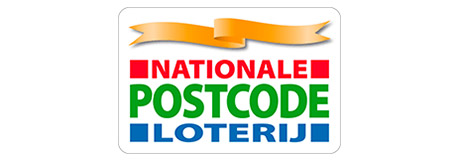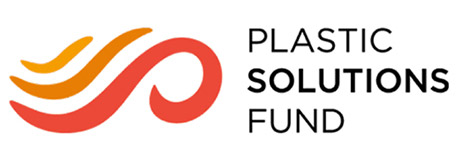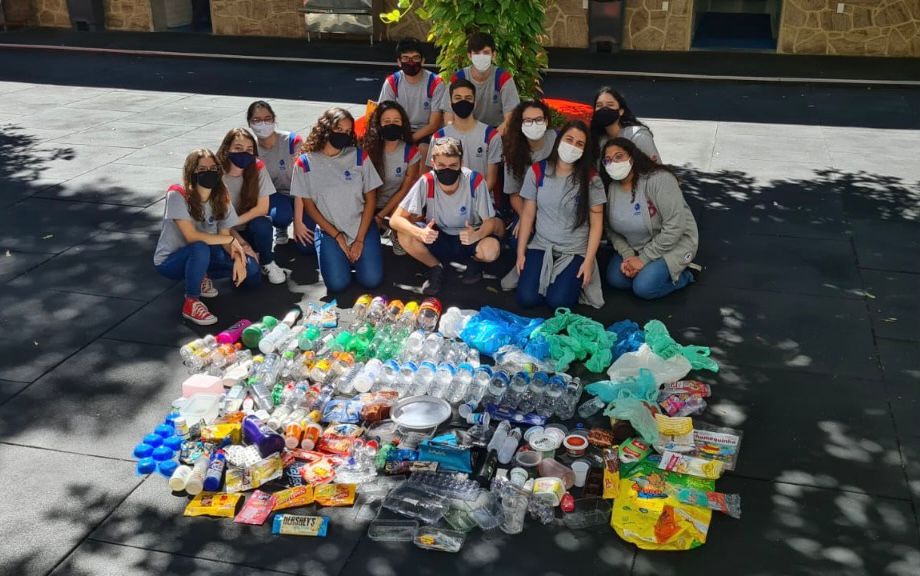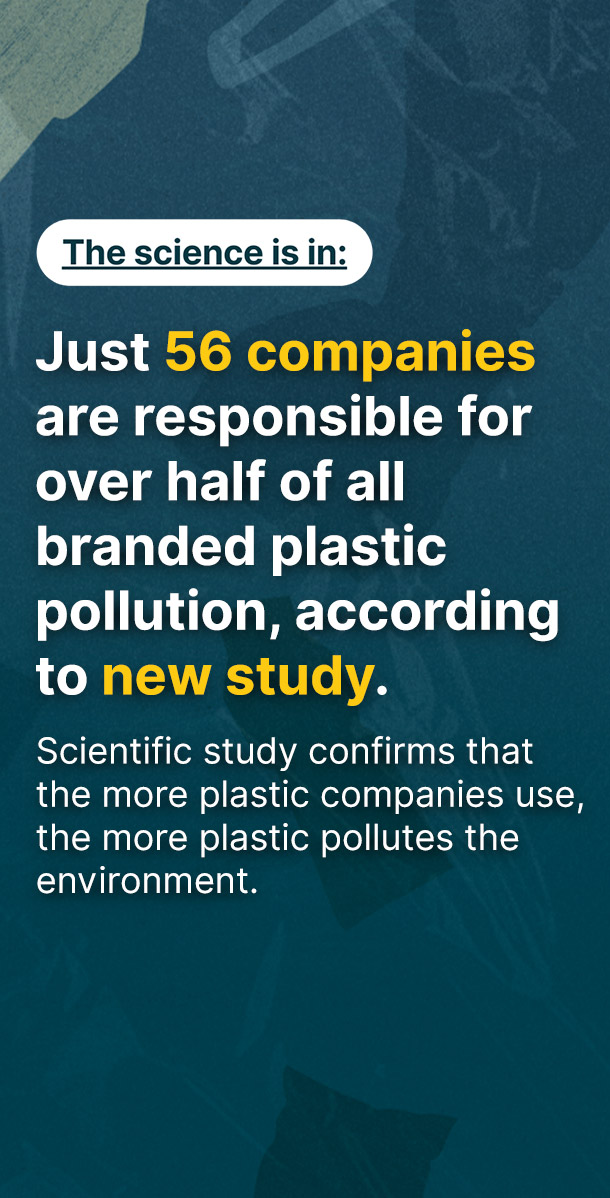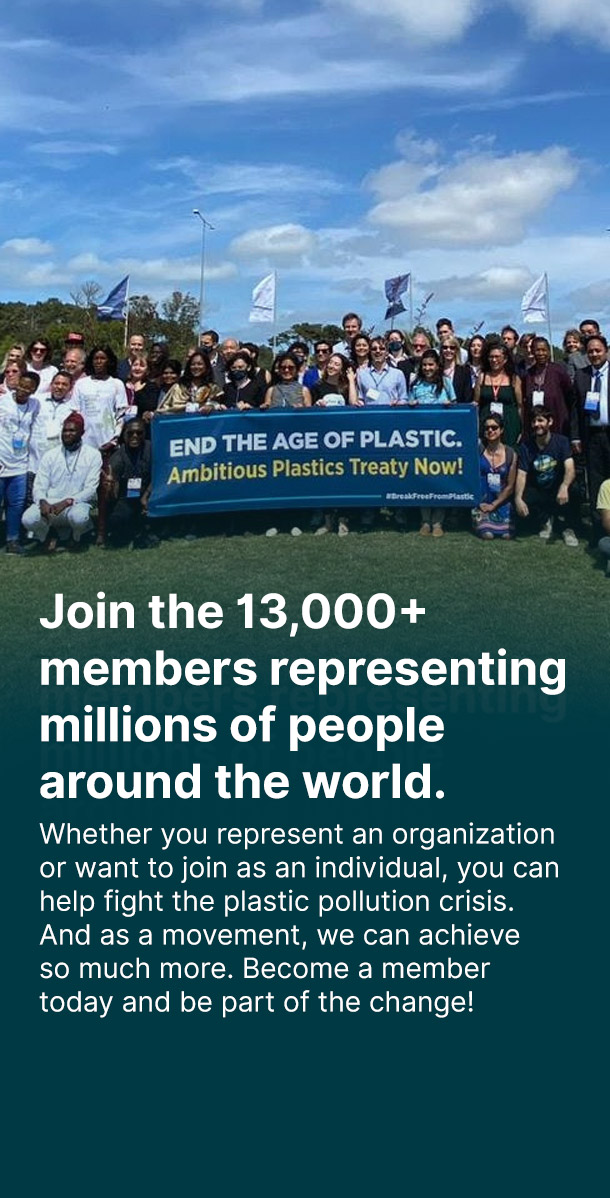Every #PlasticFreeJuly questions about the use of these materials are raised. What impact do they have on the environment? Where do they go after being discarded? How can they be reused in daily life? Franco Brasileiro School, located in Rio de Janeiro, challenged their 2nd and 3rd year high school students with these questions. In June 2021, the students took on the Zero Waste Challenge for their biology class in partnership with Circula CT The project includes implementation of a Brand Audit and tacking at least one source of single use plastic.
In July of last year, the students from Franco Brasileiro School had the opportunity to participate in a virtual screening of the Story of Plastic documentary. After watching the documentary, the students conducted a brand audit as part of the curriculum grade of the different classes. After the teachers explained to the students the methodology, the students separated the plastic waste at home for 7 days. They submitted photos of the waste collected and categorized the waste in order to identify the main corporate polluters. In total, 92 students submitted home brand audit data. Since the student’s family were also instructed to participate in this activity, the total number of volunteers was 326.
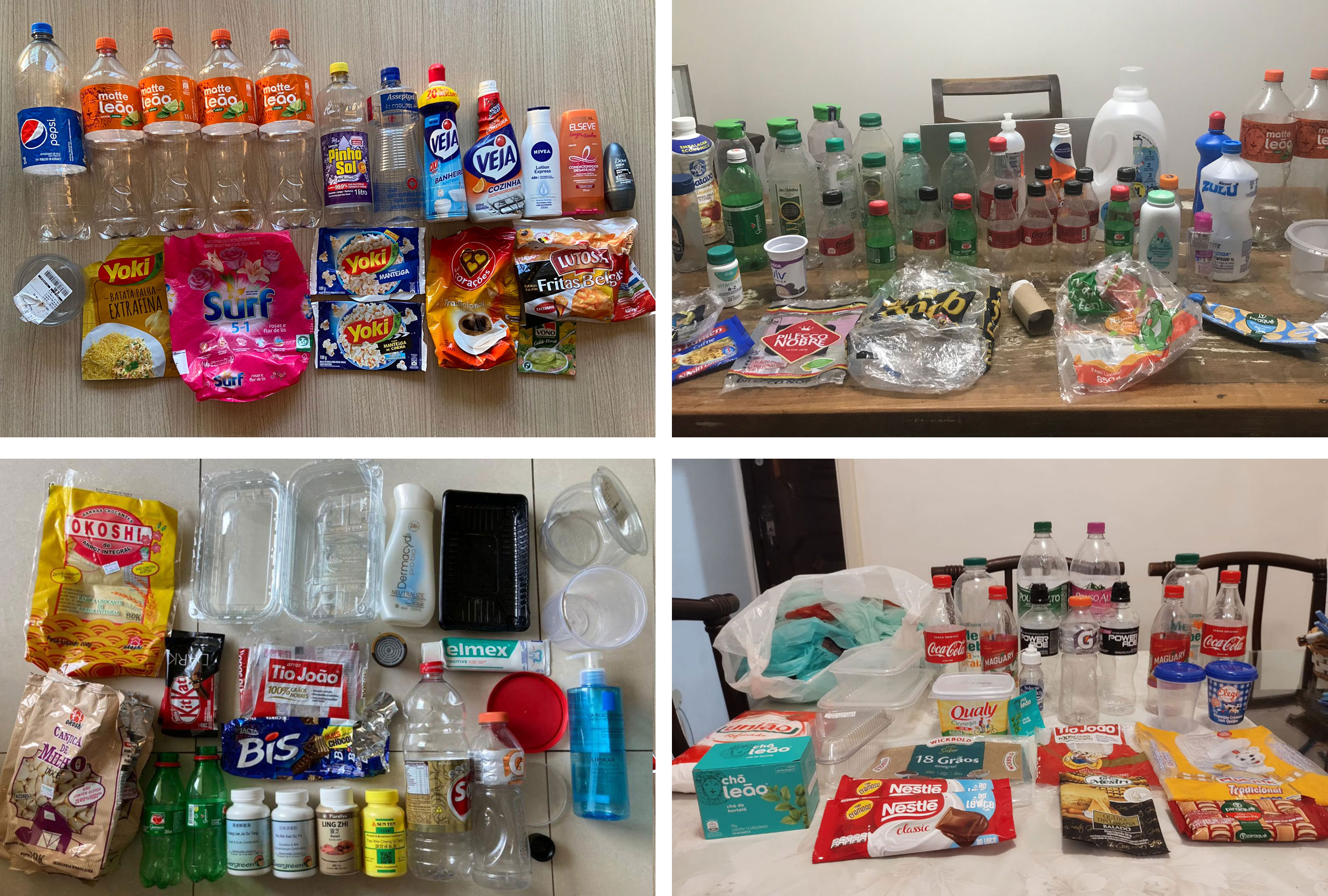
Results obtained by the students after completing 7 days in-home brand audit. Photo credit: Franco Brasileiro School
The students collected 2655 plastic items in total. The data was then submitted to the Break Free From Plastic team contributing to the overall result of the 2021 Annual Report.
As a last step in this activity, the students received a lecture during their Biology subject about the brand audit that was carried out, in order to discuss the results achieved. With the goal of replacing at least one source of single-use plastic in the school, a survey was conducted. Through this form, the students also had the opportunity to give their statements regarding which solutions would be suitable.
Question: "What replacement solution for the chosen item do you propose?"
Student 1's Answer: "We thought the best option would be to replace the disposable plastic with stainless steel, which is non-toxic and can be reused. In addition, it would work very well because it would be portable, which would allow students to bring it from home and take it back at the end of the day."
Student 2's Answer: "One possible solution would be for each student to bring their own bottle to school, whether insulated (usually metal), glass or any other material. This would drastically decrease the consumption of plastic cups."
Student 3's Answer: "The easiest replacement is plastic cups. You can use rigid paper cups instead of disposable plastic cups. In addition, you can have a campaign for students to bring their own cups, something like 'every 10 days that a student brings his/her own reusable cup from home, he/she will get some juice'. This will encourage this habit, even outside the school environment."
Student 4's Answer: "The adoption of metal or bamboo cutlery would reduce the consumption of plastic in the school environment. They could be provided for the students and then returned to be washed and reused."
Student 5's Answer: "The adoption of metal or bamboo cutlery would reduce the consumption of plastic in the school environment. They could be provided for the students and then returned to be washed and reused."
Franco Brasileiro School is continuously stimulating youth leadership. In this case, we asked the students about the plastic they would like to replace at the school. Based on this, the students decided to tackle the disposable cups from the cafeteria.
As a result, 700 reusable and customizable cups were produced. Blue cups are for high school students, and red for elementary. These cups have illustrations to reinforce the importance of shifting away from disposable materials, and to give the students a sense of belonging. In addition, the provided cups have a volume graduation on the outside, so students can measure the volume on the cup itself to purchase different beverages.
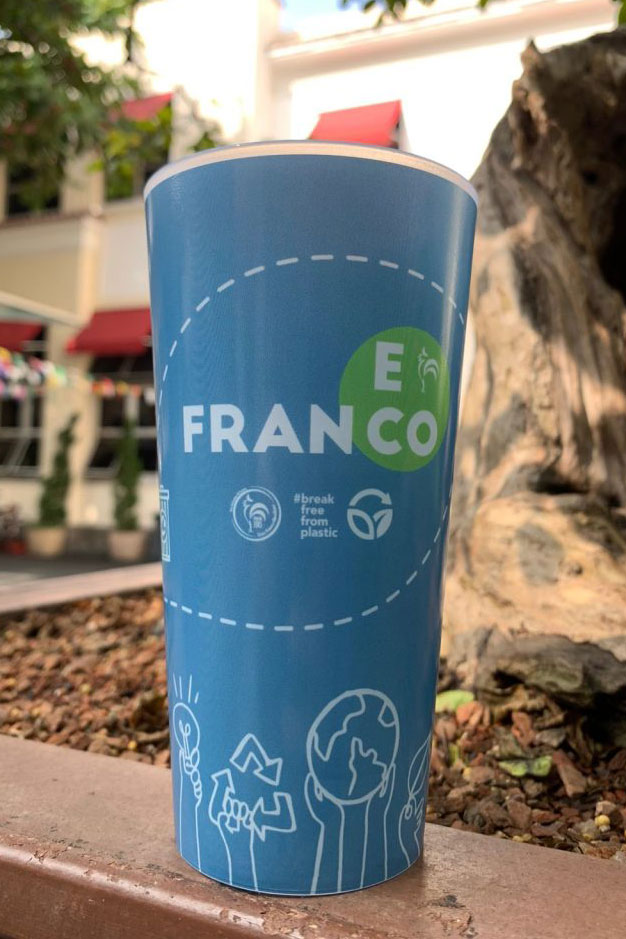
Reusable cup given to high school students. Photo credit: Franco Brasileiro School.
Franco Brasileiro School has been taking the lead in becoming a plastic-free school and already has plans to promote future campaigns. Also, Professor Priscila Resinentti highlights the importance of education during upcoming activities to implement systemic change. According to her, ”it was something that really affected our routine, but it is not an unusual action from what we had already planned. It is in our political and pedagogical plan. It has a pillar there, which is the environmental issue.”
Want to know more about the brand audit conducted? Watch the video made by Franco Brasileiro School:
Are you a teacher and want to learn more about how to integrate Plastic-free Education Curriculum into your own lesson plans? Break Free From Plastic is launching their first ever training program for educators.
Sign up for the launch on September 30th, 2022, 4pm Manila. Open to educators globally
Sign up for the training program
Sources:
Franco Brasileiro School blog. Available here: https://blog.liceufranco.com.br/pesquisa-desenvolvida-com-os-alunos-do-em-recebe-financiamento-internacional/
Author's bio: Rafael Eudes is a Chemical Engineering student of the Federal University of Rio de Janeiro, member of the Circula CT and ReUni organizations, and a BFFP youth ambassador.
Break Free From Plastic Youth and BFFP Plastic-free Campuses is supported by:
